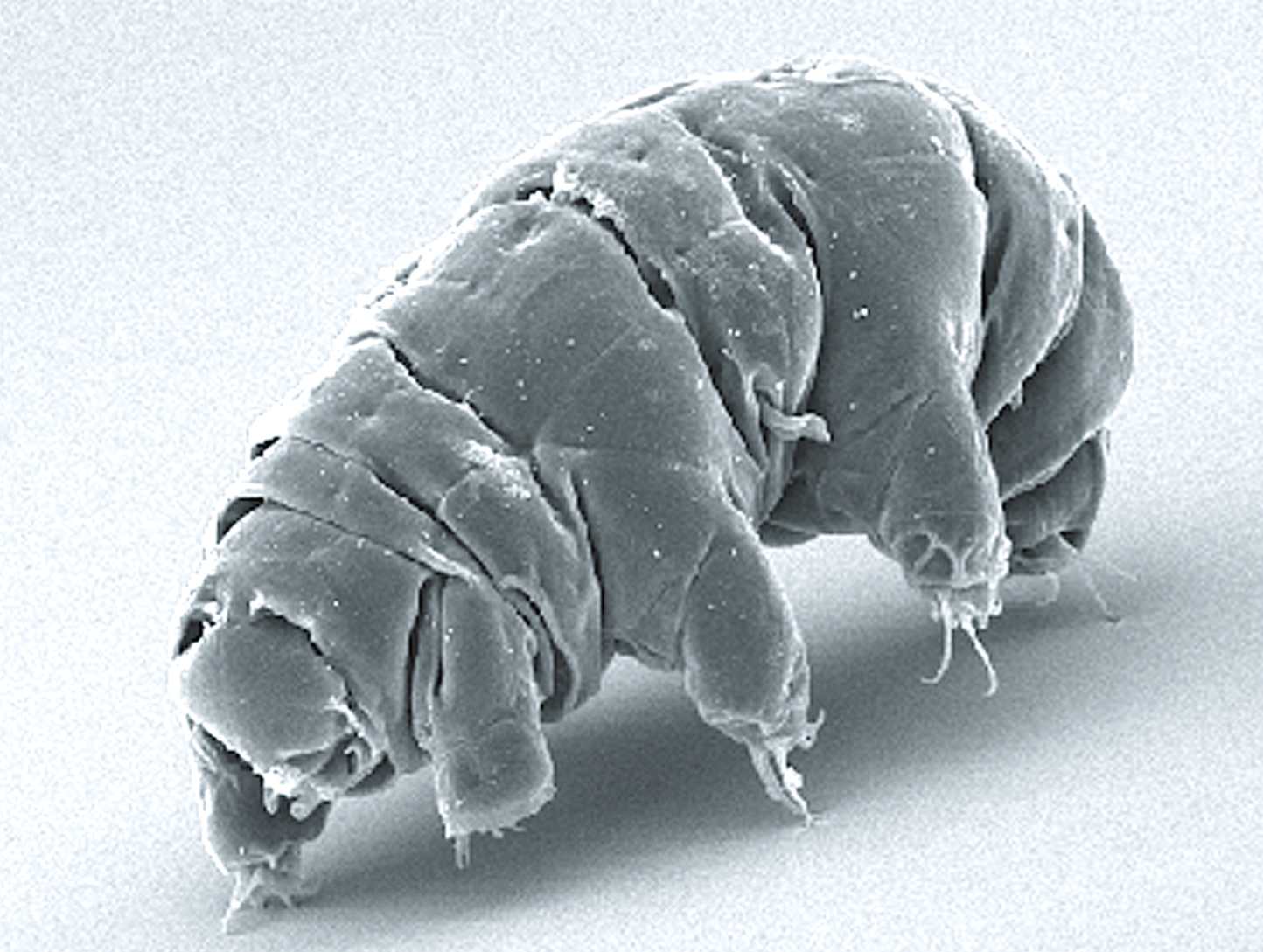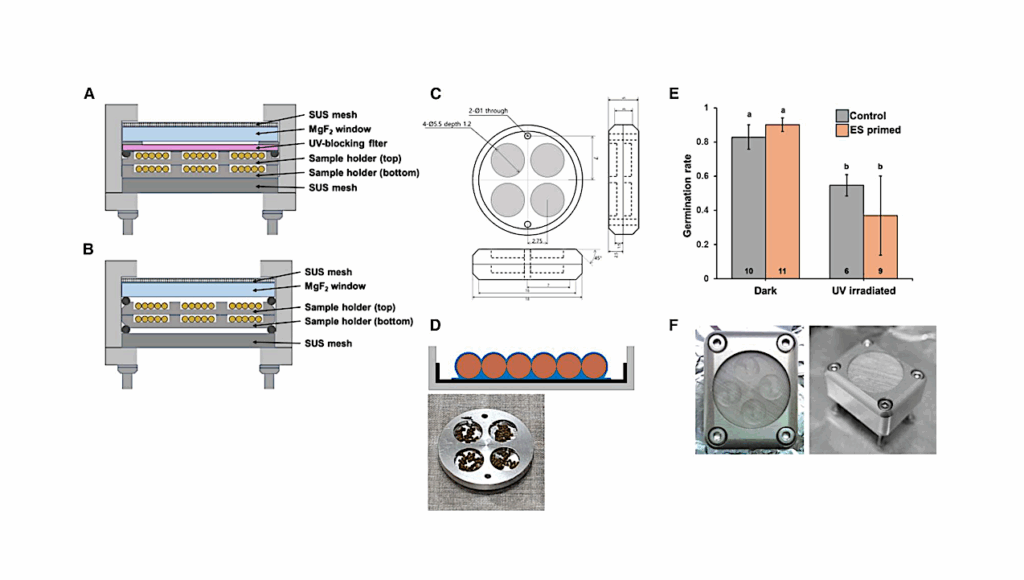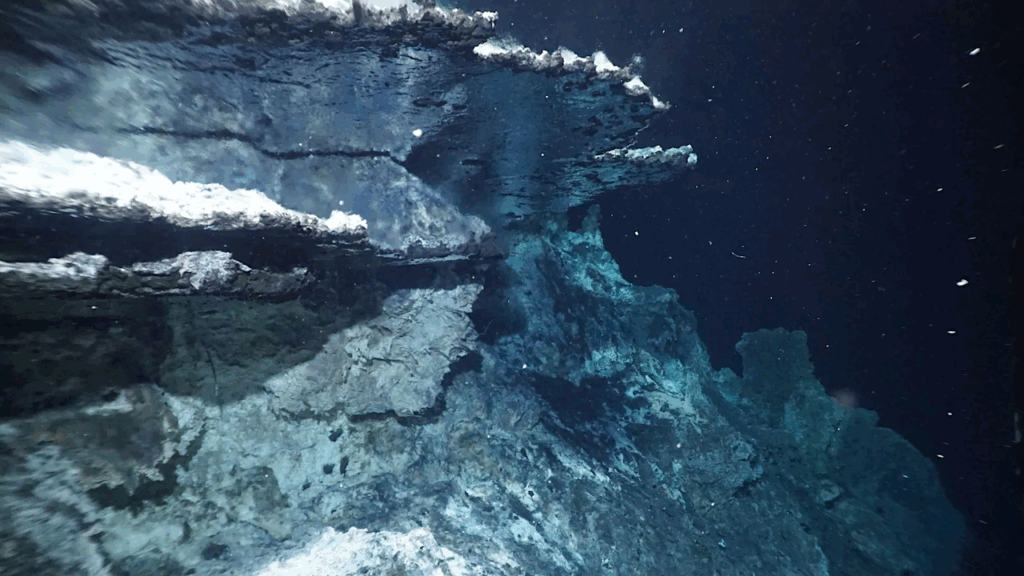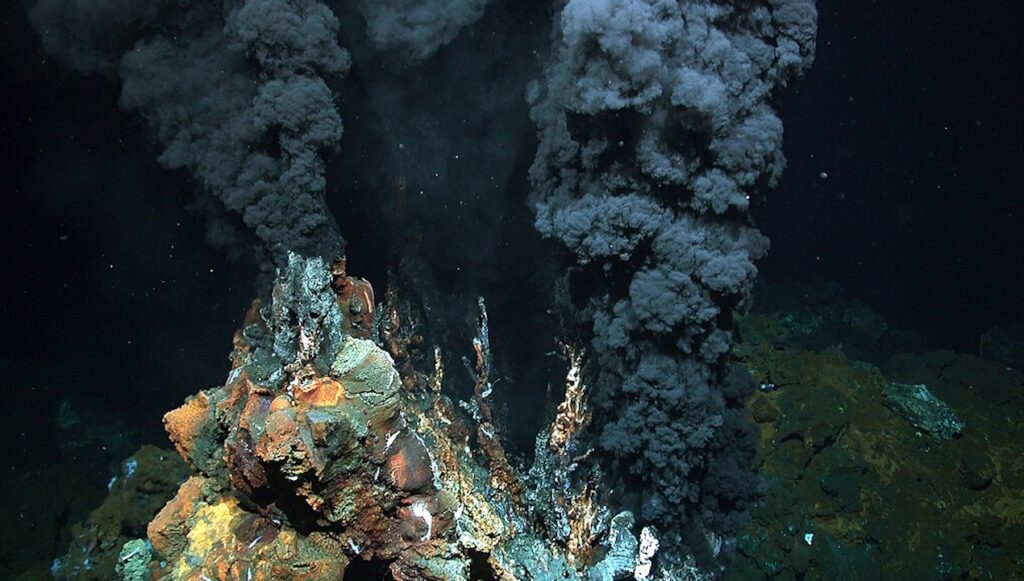University Of Wyoming’s Boothby Receives NASA Grant To Study Effects Of Water Loss on Tardigrades

Thomas Boothby, a University of Wyoming assistant professor of molecular biology, recently received an $857,794 NASA grant to study the effects of water loss on tardigrades.
“Unlike you or me or many other organisms, tardigrades survive drying out. We previously found that, when tardigrades start drying out, they start making a special type of protein known as CAHS proteins,” Boothby says. CAHS is short for cytoplasmic abundant heat-soluble proteins. “We know that these CAHS proteins are required for the tardigrades to survive drying out, but what we do not know is exactly how these CAHS proteins work to protect the tardigrades. So, the goal of this project is to better understand what makes CAHS proteins so protective.”
Tardigrades, also known as “water bears,” are renowned for surviving a number of environmental stresses, including being dried out, frozen and heated to temperatures above the boiling point of water. They also can go for days or weeks with little or no oxygen; survive extremes in pressure, including the vacuum of outer space; and have been shown to survive up to 1,000 times as much radiation as typical animals and humans can.
In 2020 and 2021, tardigrades from Boothby’s UW lab were part of an experiment on the International Space Station aimed at better understanding changes to their gene expression as they experienced stressful environments in space.
Boothby recently discovered 17 proteins found only in tardigrades, according to the grant proposal. These CAHS proteins may prove key to tardigrades surviving in extremely dry conditions.
“We have begun looking into what types of biological damage CAHS proteins can prevent, and we were surprised to find that, actually, these proteins seem to protect against a lot of different kinds of damage,” Boothby explains. “For example, CAHS proteins can prevent other proteins from breaking, either by preventing them from unfolding or by preventing them from aggregating. What we found even more interesting was that the way CAHS proteins prevent different types of damage is different.”
As a result, Boothby says associates in his lab have affectionately started referring to CAHS proteins as “molecular Swiss army knives,” since these proteins can perform multiple jobs using different tools or functions.
One of the “tools” CAHS proteins have to help them protect other proteins from unfolding is the ability to hang on to tiny bits of water left in the tardigrade when it is dried, Boothby says. This allows the CAHS proteins to effectively increase the local concentration of water, which can help protect sensitive biomolecules that would otherwise break down. Another trick that CAHS proteins can use to prevent damage — like protein aggregation — is to act as molecular shields, Boothby says. In doing so, CAHS proteins surround a sensitive protein and prevent it from interacting with other proteins or molecules that could potentially damage it.
“Part of our project is aimed at understanding how CAHS proteins interact with those tiny remaining molecules of water in a dry tardigrade,” Boothby says. “We think that this has to do with the types of residues, or building blocks, that make up CAHS proteins.
“CAHS proteins are made up of hydrophilic (water-loving) and hydrophobic (water-fearing) residues. We hypothesize that the arrangement and order of these water-loving and water-fearing parts of the proteins help ensure they interact with, and hold onto, water in a protective fashion.”
The grant provides funding for one postdoctoral researcher and two graduate research assistants. Sourav Biswas, a fourth-year molecular and life sciences graduate student from Mymensingh, Bangladesh; John Ramirez, a third-year molecular and life sciences graduate student from Corpus Christi, Texas; and Vincent Nicholson, a UW senior from Fort Collins, Colo., will assist Boothby on the grant. After he graduates, Nicholson will become a research associate working on the project, Boothby says.
According to the grant proposal summary, one of the goals of NASA’s Exobiology Notice of Funding Opportunity program is to understand how organisms can adapt to, colonize and survive in new or extreme environments.
“Our study addresses this question by looking at perhaps the toughest animal known to man and specifically asking how these tiny little tardigrades are able to survive without water,” Boothby says. “This will be important for understanding how organisms might have evolved to move out of the ocean on to land in Earth’s distant past, but also for guiding our search for new forms of life — both here on Earth and elsewhere.”
Beyond the fundamental biology the group will learn about tardigrades with this grant project, Boothby hopes that, by studying how tardigrades survive environmental extremes, such as drying out, the research will provide solutions for real-world problems.
“One possible translation of this research would be the development of stress-tolerant crops that would be better able to tolerate drought and/or extreme temperatures,” he says.
Boothby expects the grant project to start in October and run through September 2025.
Astrobiology,








